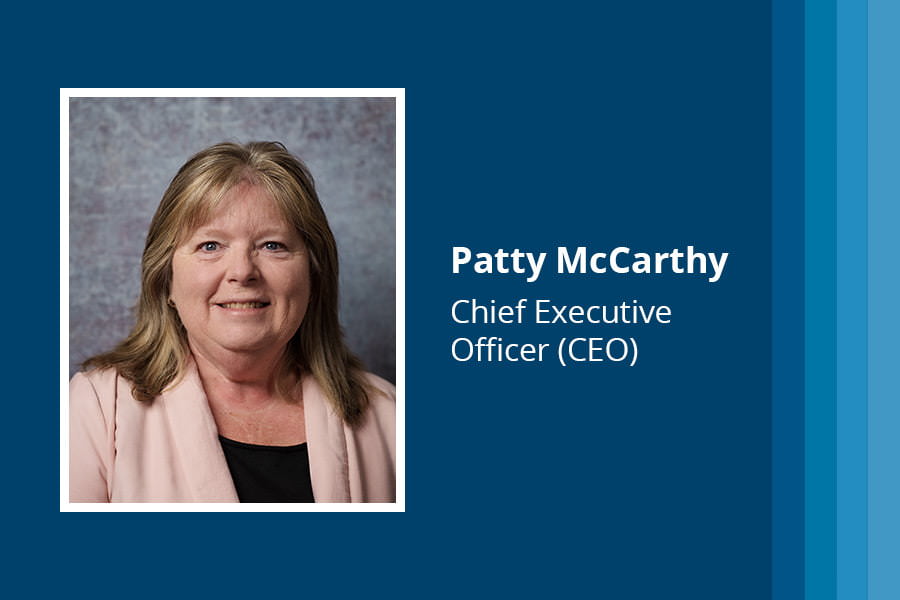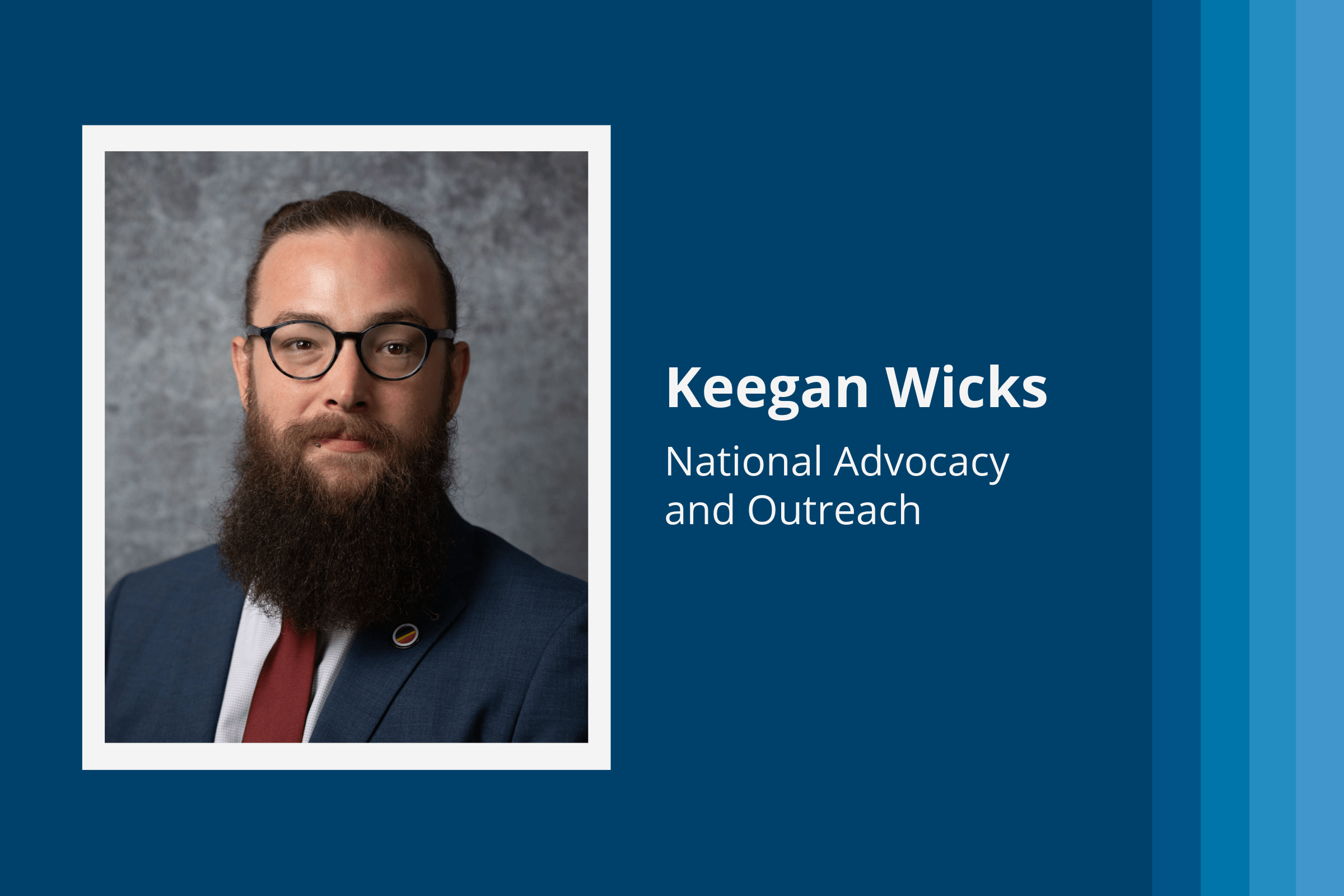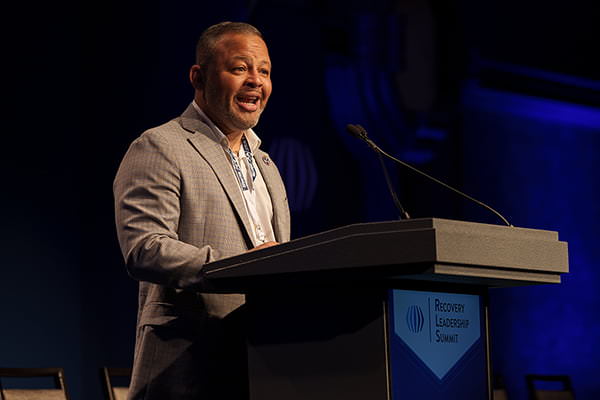By Lindsay J. Fancovic
As you read this post enjoy the intersection of music and one’s recovery journey as we listen to the songs that inspired John’s story.
Early Days
John Dillon’s story is one of deep connection—to music, to spirituality, and ultimately, to recovery. His journey began in the 1960s, a time when the boundaries between artistic experimentation and drug culture blurred for many young musicians. With his guitar as his constant companion, Dillon immersed himself in the world of psychedelics, wandering through America’s musical landscapes as much as its countercultural ones.
Sacramento to Cheyenne: https://on.soundcloud.com/BNMnBzFY5kjmGeww6
His travels led him to a spiritual community in New Mexico, a place that offered peace and purpose, with one firm stipulation: abstinence. For eight years, John adhered to this requirement, embracing sobriety as a key to the community’s higher calling. But when he left that enclave and began to live without the structure that had kept him tethered, he quickly found himself spiraling back into old patterns of alcohol, weed and eventually, cocaine use.
The Double Life: https://on.soundcloud.com/hi5wqDi6rvYLzwVc6
By the early 1980s, his substance misuse had reached a crescendo. An arrest served as an unexpected intervention, forcing John to reckon with the path he was on.
White Flag: https://on.soundcloud.com/zTHg6Qzhh5W7E11K6
With the help of a family friend who was in recovery, he entered a treatment center in Pennsylvania. There, in the confines of a 28-day program, John recommitted to sobriety and rediscovered the love that had first drawn him to music.
It was during this time in treatment that John began teaching himself piano, finding in music not just an escape, but a form of spiritual recovery. Music became his anchor—a way to process his pain, navigate his healing, and chart a new path forward.
For John, recovery wasn’t simply the absence of substances; it was the presence of harmony, both in life and in the notes he played.
The Intersection of Recovery and Music
John’s story is one of persistence and transformation. It is also one punctuated by setbacks that became steppingstones on his path to healing. “Every time I stumbled, I learned something new about myself,” he reflected.
His journey, like that of so many in recovery, wasn’t straightforward, but each challenge deepened his resilience. “It wasn’t easy, but it was worth it,” he said. His struggle became a source of insight rather than defeat.
One of John’s most powerful moments in recovery came from a deeply personal experience. A letter intended for his ex-wife evolved into something unexpected—an open letter to his addiction, which eventually became his first recovery song, Addiction. The response he received after performing the song was nothing short of transformative.
Addiction: https://on.soundcloud.com/m4QW6gBKzSZRPPbr8
The act of writing and sharing music opened a new avenue for self-expression, helping him articulate the highs and lows of his early life, active addiction, and eventual recovery. These stories became the backbone of his first recovery album, Hope Road.
Though he is largely self-taught, John’s passion for music runs deep. His childhood featured brief piano lessons, and later in life, he dabbled in songwriting and guitar classes. But his connection to music has always been something larger—something almost spiritual.
As he describes it, his creative process feels as though he’s channeling something beyond himself, offering him grounding and a sense of purpose that bolsters his recovery.
A pivotal part of John’s healing also came through the recovery community, where he found solidarity and inspiration. “I started to believe that if they could do it, maybe I could, too,” he said. The support from peers who had walked similar paths helped him believe in his own capacity to overcome addiction.
The Help I Need: https://on.soundcloud.com/yUd7b5ZFdx7FHu7q7
For John, creative expression—whether through music, writing, or other art forms—offers a path to deeper understanding and connection, not only with oneself but with others. His workshops, inspired by his belief in the healing power of the arts, provide space for others in recovery to explore their own stories, using creativity as a tool for self-discovery and healing.
Paying the Gift Forward
John Dillon has long found healing through the medium of music. But what’s perhaps more profound is how his creative expression has allowed him to extend that healing to others, especially within the recovery community.
When asked about the impact of his workshops, John highlighted the transformative power of sharing vulnerability through art. “When people share something deep, there’s this incredible sense of mutual support,” he explained. “At the last workshop, someone opened up, and the entire room applauded. It’s a beautiful moment of connection—people lifting each other up.”
This sense of collective support transcends the boundaries of formal workshops. John recalled the energy at events like talent shows, where creativity bridges gaps between people formed by bias, stigma, personal experience, and other types of separateness. “I participated in a talent show at Conifer Park,” he said, describing a gathering of around 15 performers in front of 80 attendees. “Some did poetry, some sang. And you could just feel the room light up with support.”
A moment that has stayed with John involves a man who had only been in recovery for a week. “He sang ‘Unchained Melody,’ and he nailed it. People were crying, and you could feel the goosebumps,” John recalled. It was a reminder of the potent synergy between creativity and community—two forces that fuel and uplift the recovery process.
For John, these experiences underscore the pivotal role that creativity plays in the healing journey. “The sense of community around sharing creativity is a really powerful thing,” he said. His work encourages participants to confront their pasts and explore their feelings in ways they may not have previously allowed themselves. By providing that space, he helps others reflect on their journeys and find meaning in their struggles.
John’s role as a musician in recovery exemplifies the immense potential of art to transform lives, particularly within the peer recovery movement. His belief in the healing power of creative expression extends beyond himself—it becomes an invitation to others to discover their truths, engage with their own stories, and use their lived experiences to connect with others.
New Rhythm of Life: https://on.soundcloud.com/HaZoDBaYDYxTWFwv5
“The drugs and alcohol were often there to hide something we were afraid of,” John reflected. “But engaging in practices like free-writing can help uncover those buried fears.”
By fostering an environment of compassion and creativity, John offers a path for others to face their past traumas and move forward with hope. His work shows that in recovery, creativity is not just an outlet, but a cornerstone of individual and community healing.
There is Hope
John Dillon’s unwavering commitment to recovery advocacy is not only rooted in his own experience, but also in his deeply held belief that there is hope for anyone facing addiction.
His personal journey has become a beacon of light for others. Central to John’s ethos is peer work, a practice he champions as a lifeline for those in recovery. “Connecting with people who share lived experience is absolutely essential,” he says.
Lighthouse: https://on.soundcloud.com/s5HowFSwNGek5FNx9
John’s passion for peer support and recovery education is evident in work like the Lighthouse Project and bringing music to treatment centers and recovery communities. He empowers young artists to “Just tell your story – put it out there and see if it helps people.”
In many ways, John is living proof that recovery is more than an abstract idea. It is an attainable reality, and one that has brought new meaning and vibrancy to his life. By sharing his experiences through music and storytelling, he continues to foster a culture of resilience, belonging, and hope. And it’s not just about helping others. It’s about building a community where people lift each other up and heal together.
More than thirty years after seeking help for his addiction, John remains in recovery today. He credits his success not only to the support he received through recovery programs but to his deep connection with music, which continues to serve as a healing force.
Gratitude: https://on.soundcloud.com/LsaiGMM6ZFj3nK948
Now based in upstate New York, John is happily married and continues to explore the role music plays in his ongoing journey of recovery.
To learn more about John’s work and music, visit his site at HopeRoadMusic.com.





